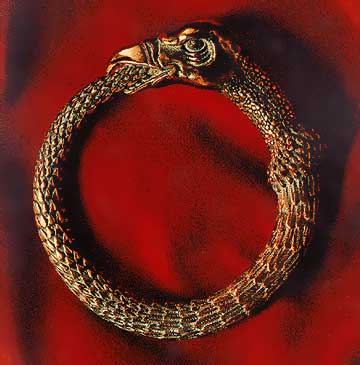

2331 St. Claude Ave and Spain, New Orleans, LA 70113 • 504-525-2767 (6246) • Tues-Sat 11am-5pm • Directions
 |
 2331 St. Claude Ave and Spain, New Orleans, LA 70113 • 504-525-2767 (6246) • Tues-Sat 11am-5pm • Directions |
 Gallery Installation & Press Release |
|
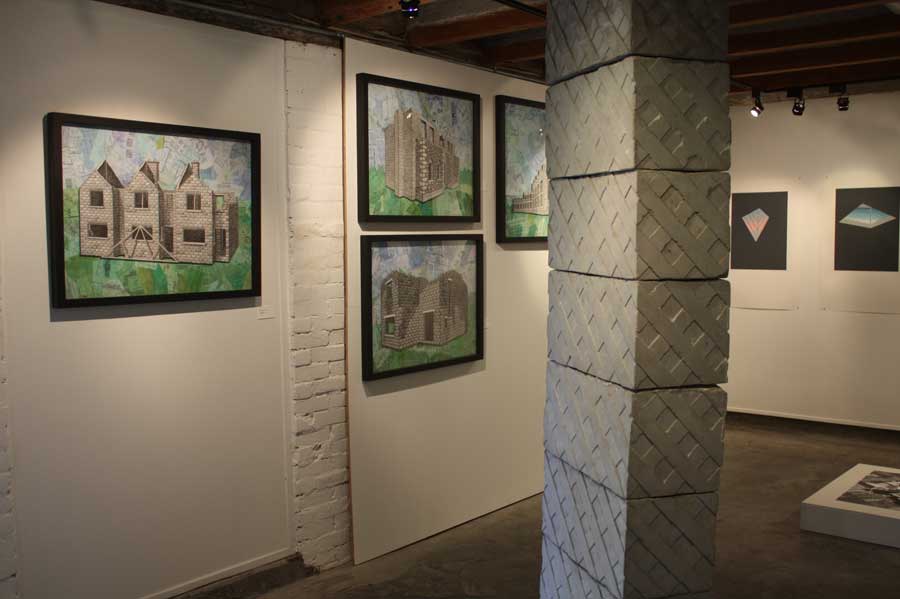 |
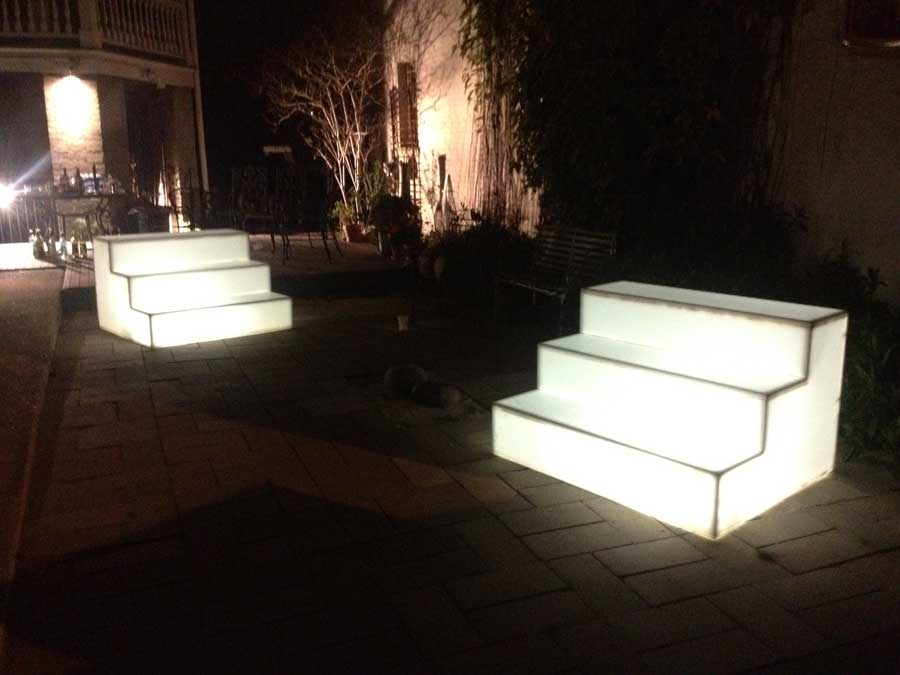 |
|
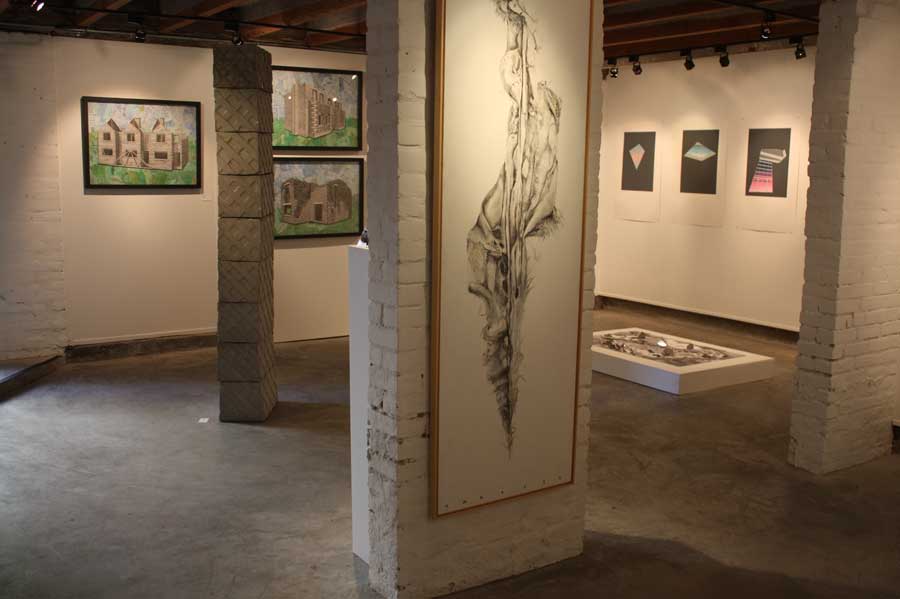 |
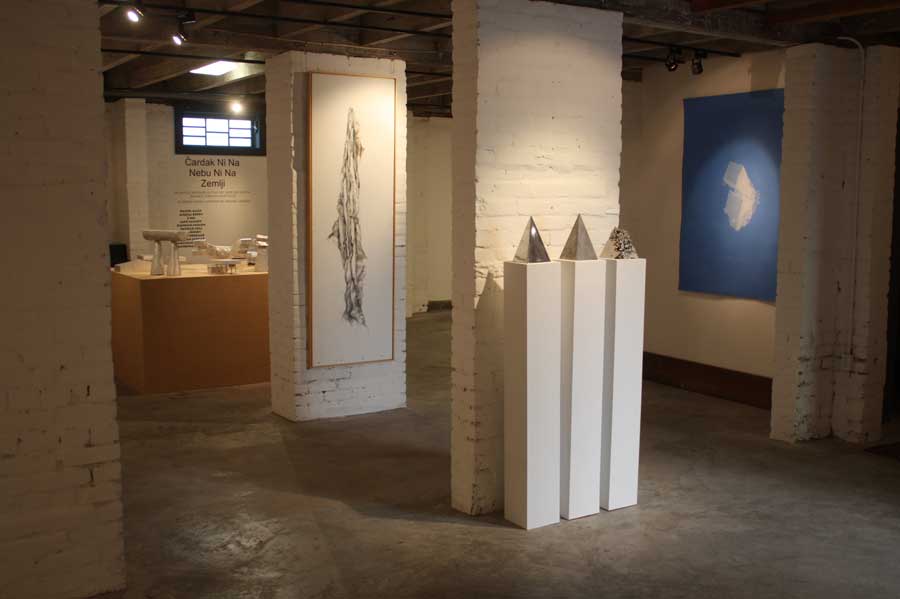 |
| PRESS RELEASE New Orleans…Barrister’s Gallery presents Čardak Ní Na Nebu Ní Na Zemljí (A Castle Neither in the Sky nor on Earth), a group exhibition curated by Srdjan Loncar with work by Daniel Alley, Angela Berry, Z Behl, Jane Cassidy, Hannah Chalew, Patrick Coll, Sam Crosby, Dawn Dedeaux, Srdjan Loncar, Malcolm McClay, and Christopher Saucedo. The exhibition opens April 13 (6 – 9pm) and runs through May 4. Čardak Ní Na Nebu Ní Na Zemljí is the title of a Serbian fairy tale that I was required to read in grammar school in Croatia. The story has always been less important to me than the title, which has remained in my memory until this day. As a child, I considered the possibility of “a castle neither in the sky nor on earth,” and I was boggled with questions such as: “Where is it?” and “How is that possible?” At the same time, the mystery of what this might mean was very appealing to me—it was beautiful, but somehow unattainable. As the title of this exhibition, it alludes to a liminal space, where neither the memory nor the traces of a particular moment are completely tangible and cannot be pinned down with total clarity and understanding. It is a place where things/events/people are in limbo or flux, in a state of change, a perpetual twilight. This exhibition brings together eleven international artists whose work captures, re-creates, or reflects on the presence of monuments and memorials—both intentioned and incidental—as well as monumental and mundane evidence of the everyday. Remnants of war; political, economic, and social upheavals; natural and man-made disasters; and urban and environmental decay are everywhere and ever present. Our desire to simultaneously remember and forget—to unite the past and the future in hope of memorializing the present remains an impossible task. Many, if not all of the structures depicted or imagined in Čardak Ní Na Nebu Ní Na Zemljí, have lost their functionality (or it has been erased or removed), replaced by an unrealized, ambiguous notion of what is yet to come. The sculptures I’ve included in the exhibition are miniaturized replicas of Modernist inspired monuments commissioned by former Yugoslavian president Tito in the 1960s and 1970s to commemorate sites where battles took place, lives were lost, and victories were won. Paired with diorama-like depictions of defunct gas stations visible throughout the city of New Orleans, they stand as evidence of compromising socialist regimes and faulty capitalist economies. Likewise, Malcolm McClay’s vibrant collages of uninhabited abandoned houses in Northern Ireland are also testaments to “troubled” politics and a collapsed economy that contend and compete with ancient ruins from the country’s tempestuous past. Unlike structures that have been erected to remember a great loss of lives, or remain as a result of various socio-political circumstances, the erasure of the World Trade Center towers, the absence of these massive towering structures from the New York skyline, reminds us of the many people who perished in this tragic event—and the overwhelming effect this horrific moment has had on the American (and even, the human) psyche. Christopher Saucedo’s hand-made paper merge blue and white hues, elevating and abstracting the buildings from their original context, and allowing them to float like passing clouds. Z Behl’s mixed media drawings of the twin towers appear as traces of the buildings that are now nothing more than ashes. Transformed into vulva-like forms, they counter the phallus-shaped structures that once expressed a rhetoric of power. Several artists in the exhibition capture the unique landscape of New Orleans and its tenuous ecology. Hannah Chalew’s intricately detailed drawings of Kudzu and other invasive plants that have claimed, or re-claimed, buildings throughout the city is an unintentional marker of time as well as evidence of the transformative power of nature. According to Dawn Dedeaux, her illuminated Steps Home created in the aftermath of Hurricane Katrina, are “monuments of loss and beacons for return.” They also serve as a humble reminder of the many lives that have never been properly accounted. Castaways and other abandoned detritus littered throughout the city of New Orleans are captured in Angela Berry’s series of color photographs. Inconsequential objects, pictured in the photos, are removed from their origins and elevated—or monumentalized—through three-dimensional renderings illuminated for display. They Upped Their Game After The Oranges, an architectural light installation depicting a breathing/thumping cube by Jane Cassidy. It is an ever changing virtual construct that thoughtfully challenges the viewer’s perception of space, imposing a hypnotic, mesmerizing, trace-like state—which is, perhaps, the flipside of the rallying call readily administered by totalitarian regimes. It also alludes to the cyber world into which we are constantly lulled. Daniel Alley is inspired by the work of William Frishmuth, who despite great achievements, including the creation of the diminutive (yet innovative and unprecedented in its time) aluminum tip of the Washington Monument, committed suicide in 1883. Alley’s aluminum sculptures are exact replicas of this tip and embrace the possibilities and potential of this type of perceived failure, and how it informs our ideas about success. Sam Crosby’s floor to ceiling concrete pillar is reminiscent of Constantin Brâncuși’s Endless Column. Wrapped with a lattice-like pattern it mimics the ubiquitous material used to hide the imperfections of domesticity—and the fallacies of the people who populate these environments. Cathedrals of the twenty-first century—shopping malls—are the subject of a series of silkscreen prints that are accompanied by skylight-shaped cast aluminum sculptures by Patrick Coll. The architectural forms and structures are layered in an authoritarian manner, strategically designed and place to create as he puts it, “a promise of individual fulfillment and happiness to any who enter inside.” |